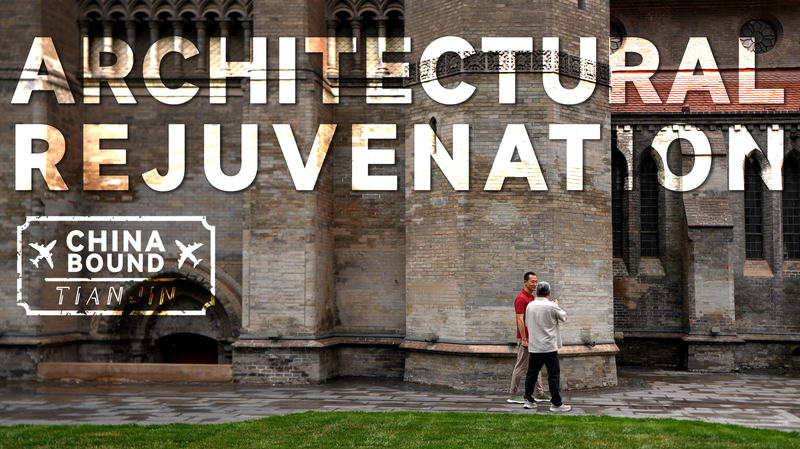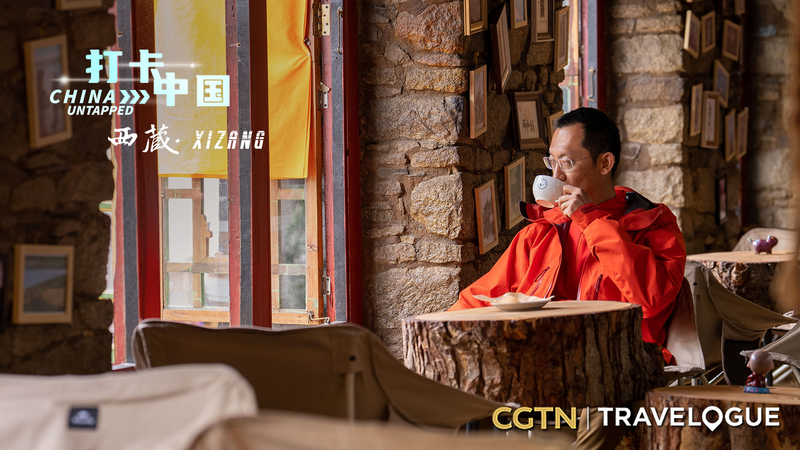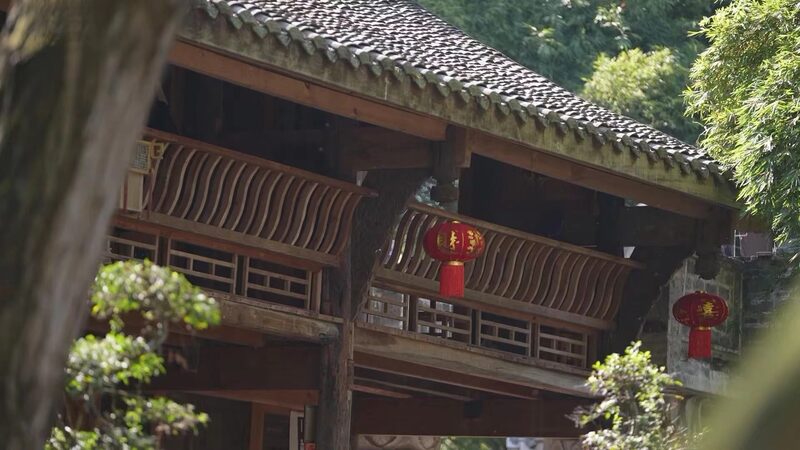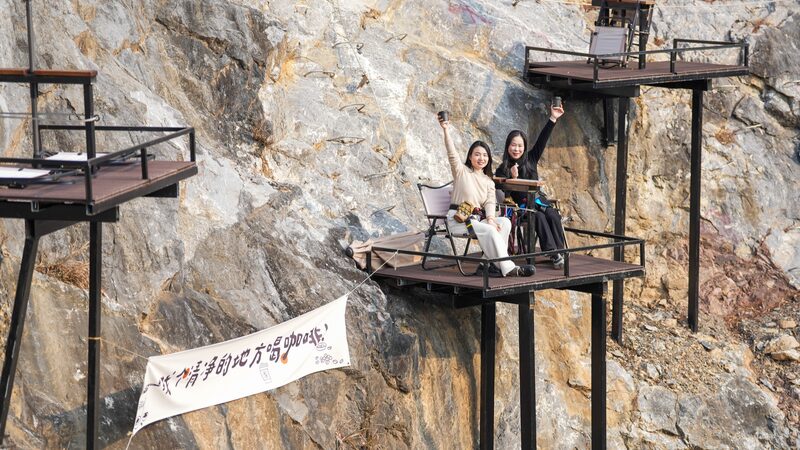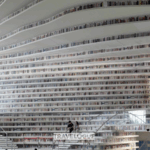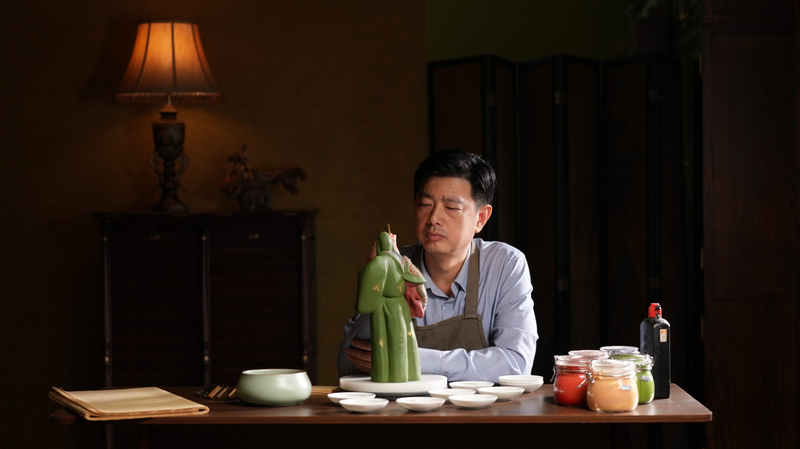In the heart of Tianjin, a former European-style bank building now hums with the aroma of freshly brewed coffee, while a century-old church resonates with orchestral melodies. These transformations exemplify the city's innovative approach to preserving architectural heritage while meeting contemporary needs – a delicate dance between history and progress.
Urban planners and architects face unique challenges in repurposing structures like the 1921 Russo-Asiatic Bank, now a popular café retaining its original vaulted ceilings and marble columns. 'We treat these buildings like historical manuscripts,' explains conservation architect Li Wei. 'Every alteration requires understanding the original narrative while writing new chapters.'
The conversion of St. Joseph's Church into a concert hall demonstrates this philosophy. Acoustic engineers worked with preservationists to enhance sound quality without compromising stained glass windows dating back to 1917. Such projects have boosted cultural tourism, with visitor numbers to repurposed historic sites increasing 40% year-on-year.
This trend reflects broader regional patterns. Across Asia, cities are leveraging adaptive reuse strategies to address urban density challenges while maintaining cultural identity. For investors, these projects offer sustainable alternatives to new construction, with renovated historic properties in Tianjin's business districts achieving 92% occupancy rates.
As dusk falls on the Hai River, illuminated façades of revitalized buildings tell dual stories – of steamship-era merchants and 21st-century entrepreneurs. This architectural renaissance not only preserves physical structures but keeps urban memory alive through functional transformation.
Reference(s):
cgtn.com
